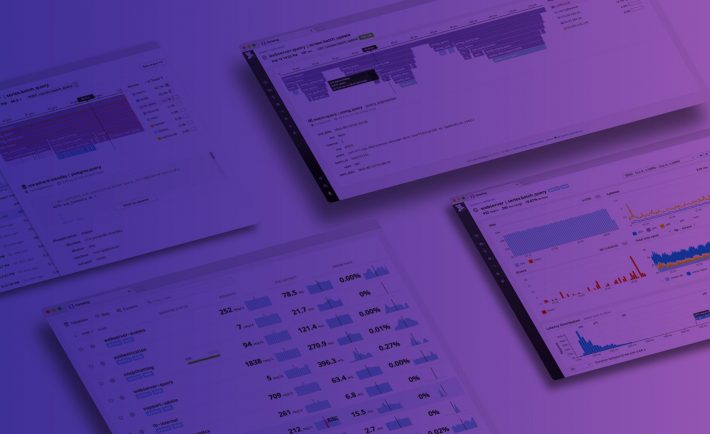
An ounce of prevention is worth a pound of improved production. That’s not the original saying, but it is applicable for those of us who want to track the effectiveness of every application we use. The goal is to see all those performance challenges when they occur, not a day or two later when someone points them out to us. After the fact problem resolution is better than nothing, but why not catch all those errors the second they pop up? That’s what a competent set of tools can do.
Of the hundreds of tools out there, what are the most powerful ones to use that don’t require an 8-hour tutorial? The bottom line for businesses is customer retention. If your site software problems get past you and end up in front of users, they’re likely to say good bye and move on. The trick to selecting the best monitoring tools is understanding the needs of your own infrastructure. No tool is perfect, so keep in mind that there will always be trade-offs with whatever package of tools you choose. Here are several of the most popular monitoring tools in general use. Which one is right for you?
Middleware
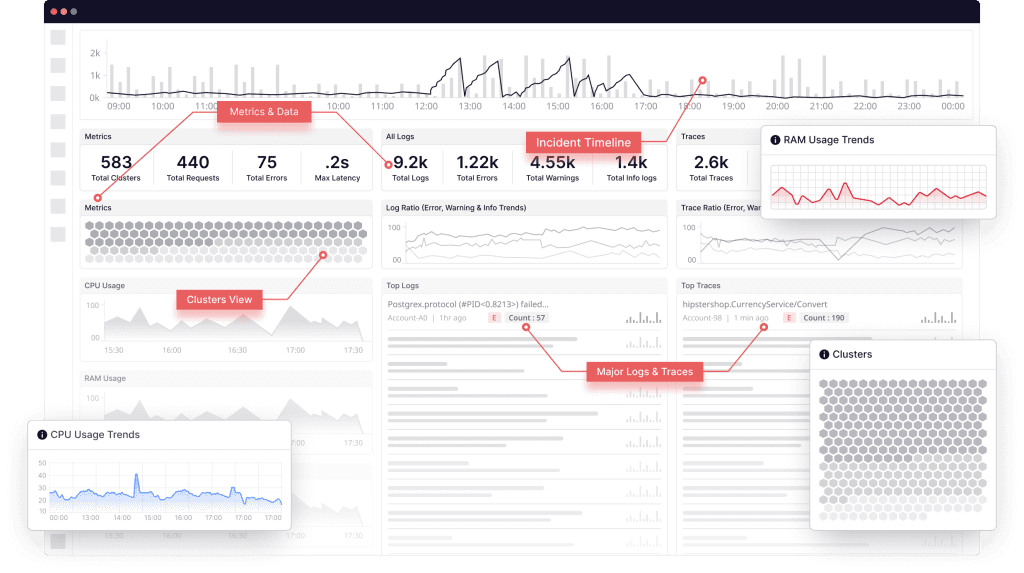
Middleware is a full-stack observability platform that provides Infrastructure monitoring capabilities to modern Dev and Ops teams. Middleware’s platform helps you track the root causes behind an error using its traces, logs and metrics.
The tool also tracks the performance & health of your complete tech stack. With over 50+ Integrations to improve your overall workflow, Middleware’s infrastructure monitoring assists you in reducing the gap between front-end and back-end data in a single integrated dashboard.
Features:
- The tool lets you gather metrics from multiple sources in one unified dashboard.
- It uses an open-source, more reliable and secure agent than custom agents.
- Its scalable and cloud-native solution
- It is free to use (for a limited time only)
Pros:
- It provides real-time insights, enabling fast troubleshooting
- It uses cloud-based infrastructure that scales as per your business needs
- Easy to configure and setup
Cons:
- The tool doesn’t support network monitoring
- The tool is currently in the beta stage with invite-only access
AppOptics
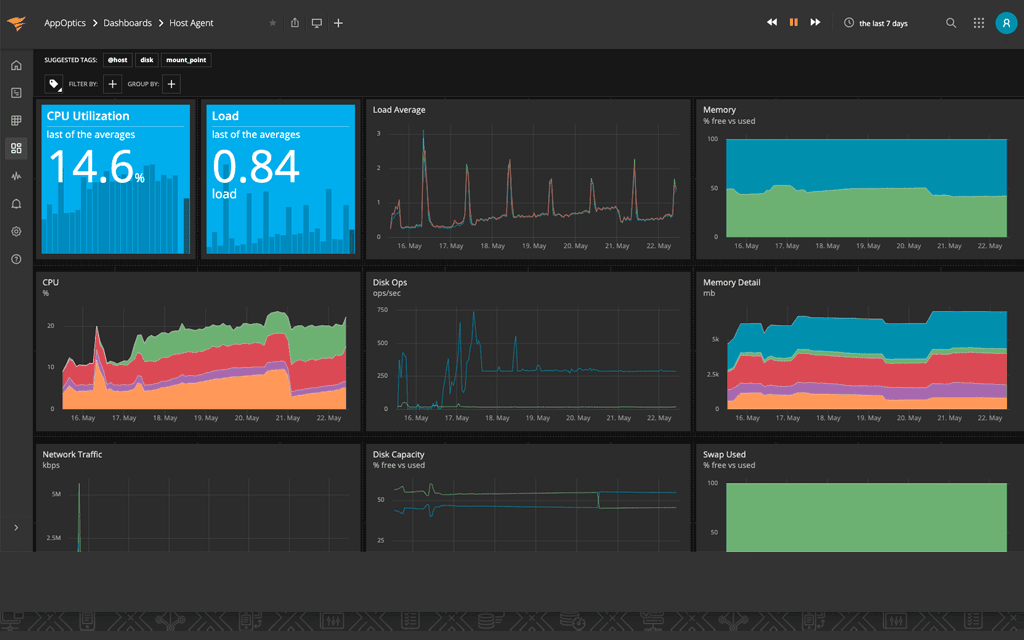
This robust solution offers both app and infrastructure server monitoring tools. It comes with well more than 150 custom metrics and integrations, all of which travel through the same analytics, alerting and dash-boarding pipelines. A key advantage of AppOptics is its all-in-one capability, low cost and ease of use. The package comes with custom analytics and metrics, distributed transaction tracing, app performance monitoring and infrastructure/server monitoring.
Monitis

Monitis has the distinct advantage of simplicity. You’ll need just a few minutes to set up this popular SaaS tool that includes customization based on however many network nodes you’re dealing with and the kind of monitoring you prefer. The Monitis tool is what some people call old-school because it works ideally when configured to monitor the more traditional server and network systems. Monitis uses its own API and simple log-scraping to monitor your applications. And, if you’re willing to write a bit of code, it’s possible to have the Monitis API report directly to the Monitis console.
New Relic
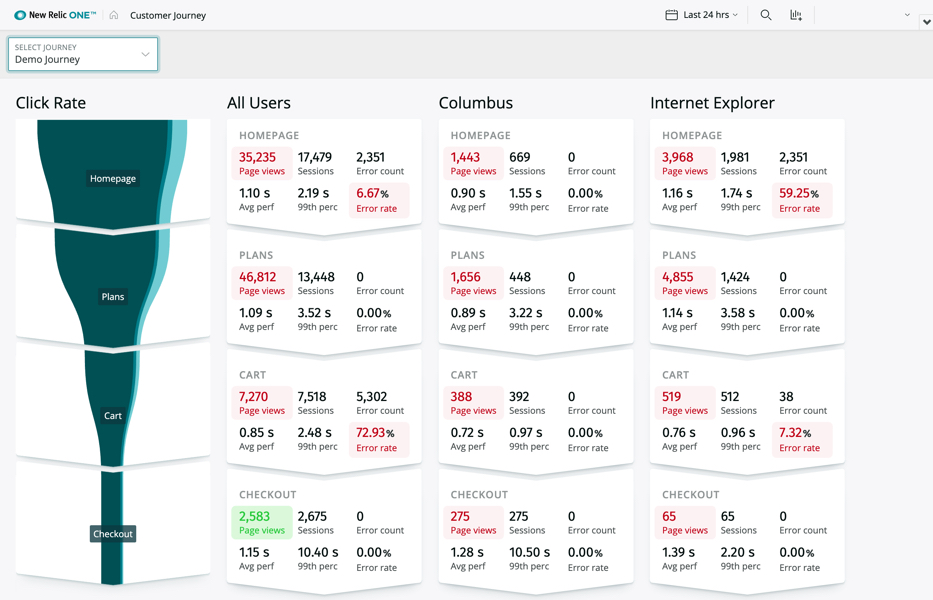
New Relic offers instrumentation for multiple languages, including Node.js and Java. However, there is currently no support for users of .NET. While New Relic has the power to monitor all your users, both mobile and web, it is a rather complex tool suited for experienced managers. In exchange for taking on the complexity, you will receive an incredibly strong APM that is actually a multi-tool: it’s constructed from six separate monitoring products rolled into one.
Data Dog
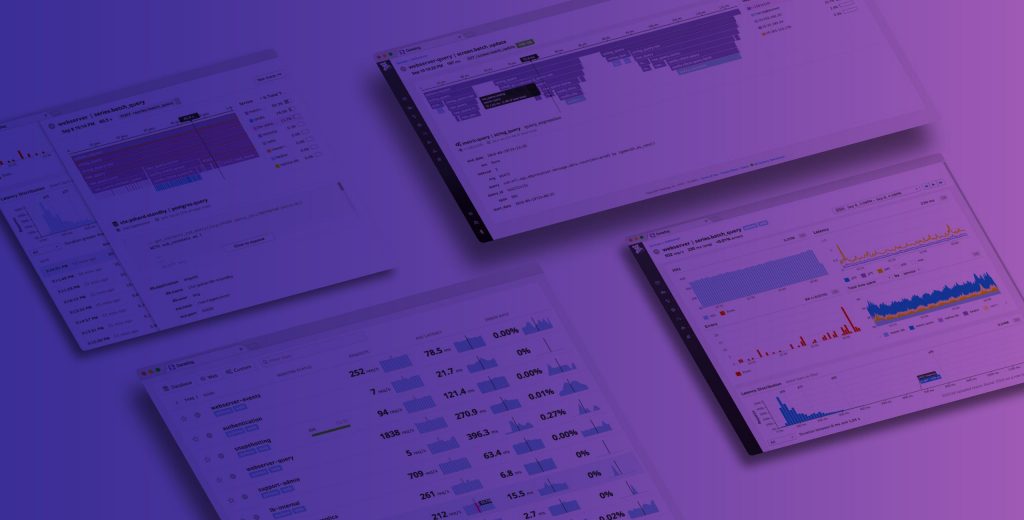
A big advantage of Datadog is its ability to support multiple infrastructure types. In fact, the early version of Datadog was created to do nothing but monitor infrastructure issues. Keep in mind that Datadog, while a powerful monitoring tool, does not offer any real-time reporting. Also, less experienced developers will likely find Datadog a bit of a challenge to work with because of its innate complexity. However, many Datadog enthusiasts say the time and effort are well worth the payoff.




